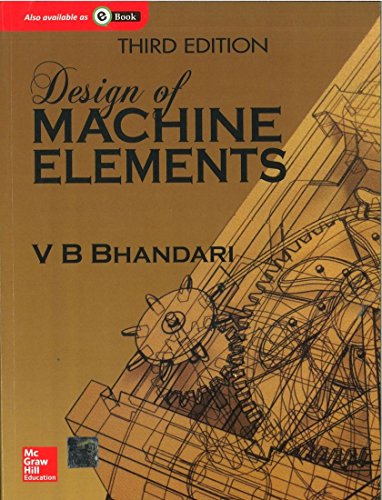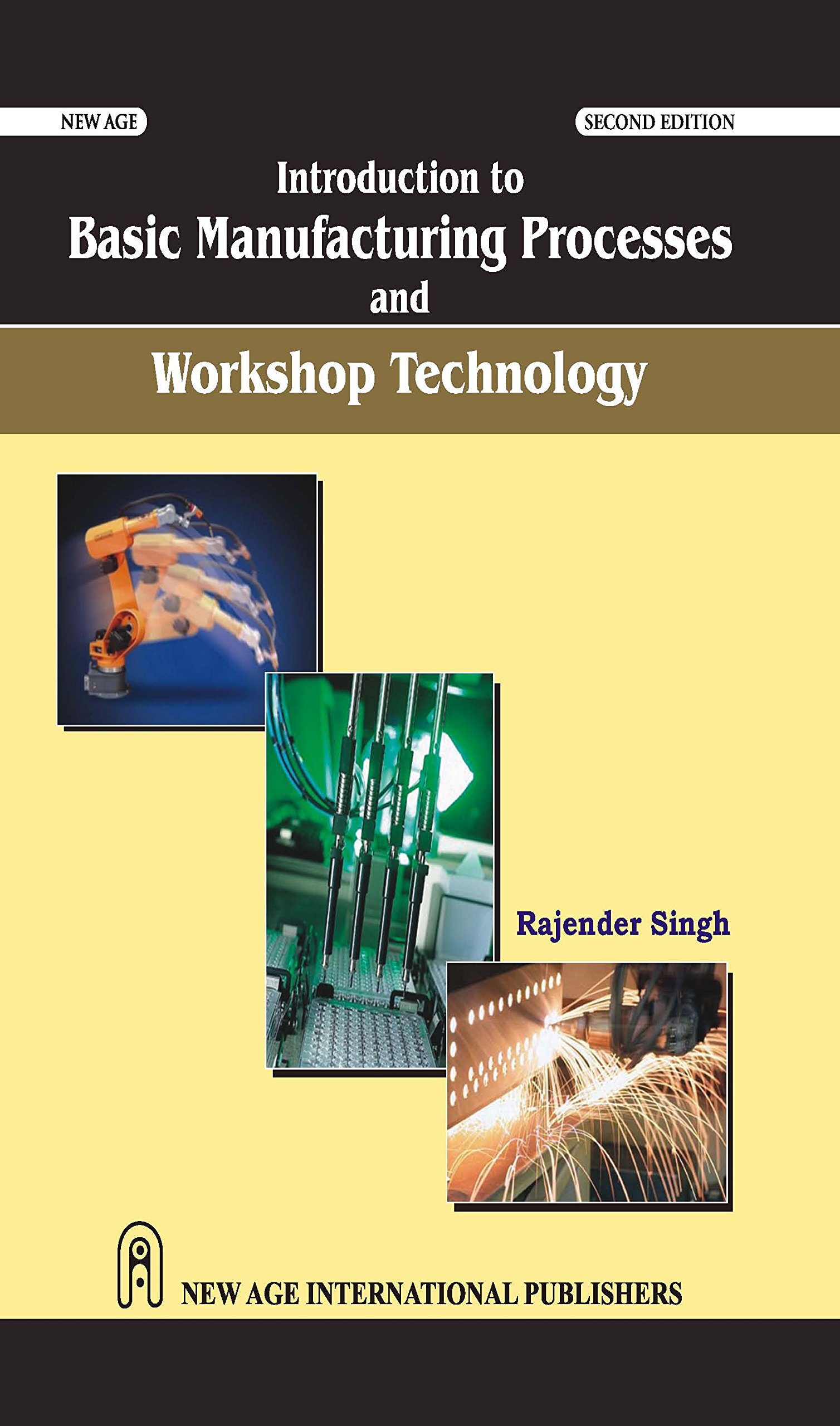Description
Mechanical engineering is a diverse subject that derives its breadth from the need to design and manufacture everything from small individual parts and devices (e.g., microscale sensors and inkjet printer nozzles) to large systems (e.g., spacecraft and machine tools). The role of a mechanical engineer is to take a product from an idea to the marketplace. In order to accomplish this, a broad range of skills are needed. The mechanical engineer needs to acquire particular skills and knowledge. He/she needs to understand the forces and the thermal environment that a product, its parts, or its subsystems will encounter; to design them for functionality, aesthetics, and the ability to withstand the forces and the thermal environment they will be subjected to; and to determine the best way to manufacture them and ensure they will operate without failure. Perhaps the one skill that is the mechanical engineer’s exclusive domain is the ability to analyze and design objects and systems with motion.Syllabus:
Module- I
Introduction:
1. Need of inspection, sources of errors, basic types of errors precision and accuracy.
Method of estimating accuracy and precision , standard and their evolutions. (4)
2. simple measurement tools: Rules, calipers, height gauges, micrometers, depth
gauge dial indicator, slip gauges, sine bar.(4)
Module-II
3. Limit, fits and tolerance and gauge design: Basic concepts of limit fits and tolerance
interchangeability and selective assembly, ISO system of tolerance, Taylor’s principle of
gauge design, Gauge design- basic design rules for plug and ring gauges. (6)
4. Interferometers: Types of light sources and interferometers, Types of scale and
grading, optical flats.(4)
Module-III
5. Screw thread measurement : Standard thread profiles, effective diameter,
measurement of effective diameter by 2 wires and 3 wires methods. Best wire size (5)
6. Surface roughness: Source of surface irregularities in manufacturing. Roughness
and waviness RMC and CLA values measurement of surface roughness using Taylor
Hobson’s Talysurf. (5)
Module- IV
7. Statistical quality control: Frequency distribution, process capability variables and
attributes control chart (X & R chart) for variables, control chart for attributes (p,np and C
chart) OC curve single and double sampling plan.(7)
8. Reliability: Definition, relationship of reliability with maintainability and availability,
failure data analysis- bath tub curve, system reliability, reliability improvement.(5)
Reference Books:
1. Engg. Metrology by R.K. Jain, Khanna pub.
2. A text book of metrology by M.Mahajan Dhanpat rai and co pvt Ltd.
3. Statistical quality control by M.Mahajan Dhanpat rai and co pvt Ltd.
4. Reliability Engg. By L.S.S.Srinath East west press
You May Also Like These E-Books:-






No comments:
Post a Comment